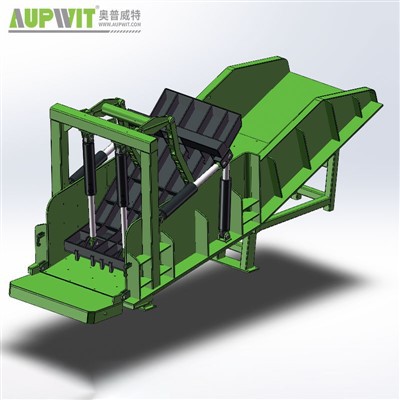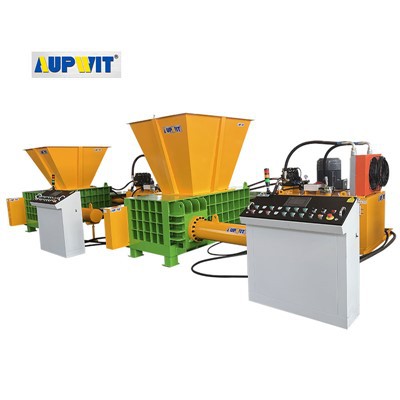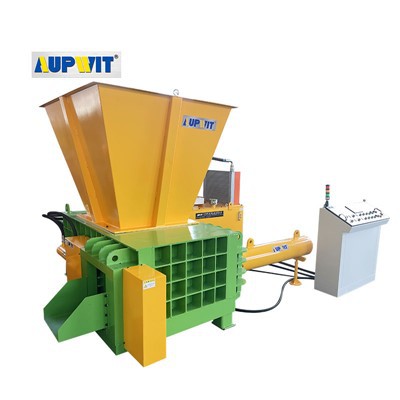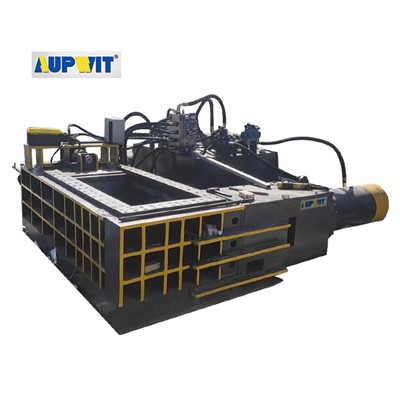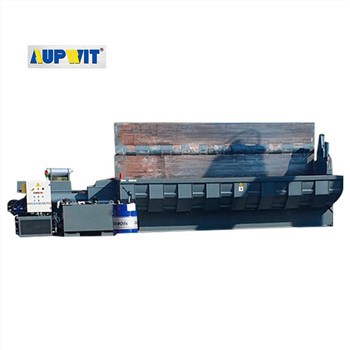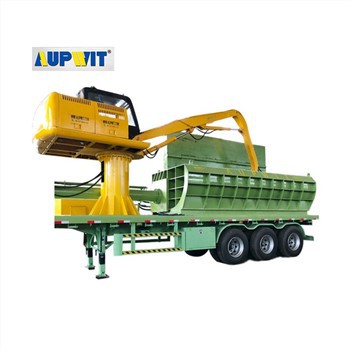What are the characteristics of aluminum recycling
2025-04-11
Leave a message
1. High energy saving
Compared with extracting primary aluminum from bauxite, the energy required for recycling aluminum is greatly reduced. According to statistics, the energy consumption of recycled aluminum is only about 5% of the energy consumption of primary aluminum production. This is because the energy-intensive links such as bauxite mining, ore dressing and complex smelting are omitted, and the waste aluminum products are directly melted and reprocessed, which greatly reduces energy consumption and effectively reduces carbon emissions, which is very friendly to the environment.
2. High recycling efficiency
The recycling process of aluminum is relatively simple and efficient. After the waste aluminum products are collected, they can be quickly transported to the recycling plant. After melting, refining and other processes, they can be converted into reusable aluminum ingots or aluminum products in a short time. For example, the common aluminum cans, from recycling to remaking new cans, the whole process can be completed in a short time, which can quickly meet the market demand for aluminum products.
3. Good quality stability
Aluminum can better maintain its original physical and chemical properties during the recycling process. Recycled aluminum has similar strength, hardness, corrosion resistance and conductivity as primary aluminum. Therefore, recycled aluminum can be widely used in fields with high material performance requirements such as automobile manufacturing, aerospace, construction, electronics, etc. to produce high-quality products without affecting product quality due to recycled materials.
4. Obvious cost advantage
Due to the low energy consumption of recycled aluminum and the reduced dependence on raw materials such as bauxite, its production cost is relatively low. This enables companies using recycled aluminum to reduce production costs and improve the market competitiveness of products while ensuring product quality. In addition, the Aluminum recycling industry can also create a large number of employment opportunities, drive the development of related industries, and have good economic and social benefits.
5. Outstanding environmental benefits
Aluminum recycling greatly reduces the exploitation of natural resources such as bauxite, and reduces land damage, soil erosion and ecological environment damage caused by mining. At the same time, it reduces the amount of waste landfill and reduces the risk of soil and groundwater pollution, which helps to build a more sustainable resource recycling system and promote the coordinated development of economy and environment.
6. Infinitely recyclable
Aluminum has the characteristics of infinite recycling and can theoretically be recycled and processed repeatedly without obvious performance degradation. This characteristic makes aluminum a very sustainable material. With the continuous advancement of recycling technology, the efficiency and quality of aluminum recycling will continue to improve, providing society with a steady supply of high-quality aluminum resources.


